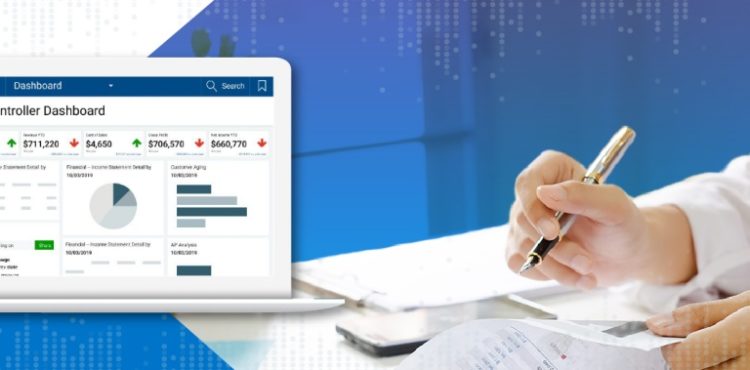3 Questions to Guide Dashboard Design

So how can you ensure a successful dashboard? Use these three questions to guide your dashboard design:
1. Who are my users and what information do they need?
First and foremost, it’s important to remember that you are speaking to an audience—and that audience can range from a data analyst to an everyday business user. All your users think and understand data in their own unique ways. But whatever their role, they are each seeking to hear something that informs them, and moves them to action.
Simply ask your audience: “What information do you need from me and what form do you need it in? What do you need or want to understand about this data?”
Are your users looking for a list of numbers or are they looking at whether or not a goal is being met? If the former, then a line or column chart would work. If the latter, a gauge may be a better solution. There are also cases where your audience would appreciate both a summary graphic as well as the details behind it. Let their needs inform the visualizations you choose for your dashboard.
2. What purpose does each element serve?
When it comes to dashboard design, clutter is your enemy. Simplify content and reduce visual elements to only the most critical pieces. Anything that’s not data in a table or visualization should be just visible enough to perform its role—but no more than that.
Go through every element you intend to include and ask yourself: “What purpose does this serve?” If you can’t come up with a good answer, nix it!
Your goal is to create a visual hierarchy with all the content displayed in your dashboard. Use a single font type and no more than three sizes in that type. You can emphasize font copy by either bolding it or adding an accent color. But remember, if everything is bold, nothing is. You should mix regular and bold fonts for visual effects.
Colors and shapes shouldn’t distract, but help you absorb and digest information, so stay away from visual effects like background gradients, shadows, and 3D elements. At the same time, keep the sizes of similar elements consistent. Group several types of visualizations on the same screen to show different aspects of the dataset you’re considering.
3. What meaning do I want to convey?
In dashboard design, color isn’t there just to look pretty; it conveys meaning. In fact, color should only be used in a dashboard to serve a particular communication goal—for instance, when you’re highlighting something. Use different colors only when you want to communicate differences in meaning.
Choosing the wrong colors is the first mistake most people make in dashboard design. To determine if your use of color is appropriate, ask yourself: “What purpose does this color serve, and will it serve it effectively? What meaning do I want to convey?”
Use color sparingly. To be on the safe side, always use six or fewer colors in visualizations. Any more, and it becomes difficult for users to see the differences. Use natural colors to display most of your information and reserve bright or dark colors to highlight outliers or important calls to action.
Finally, be cognizant of the colors you choose and the associations they incite. Take, for example, red and green. When we look at those colors, we are already making a comparison by linking red with “bad” and green with “good.”
For more dashboard design tips, check out our Definitive Guide to Dashboard Design
